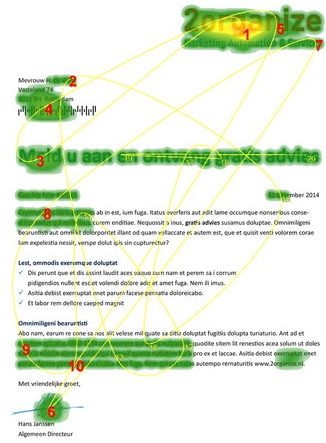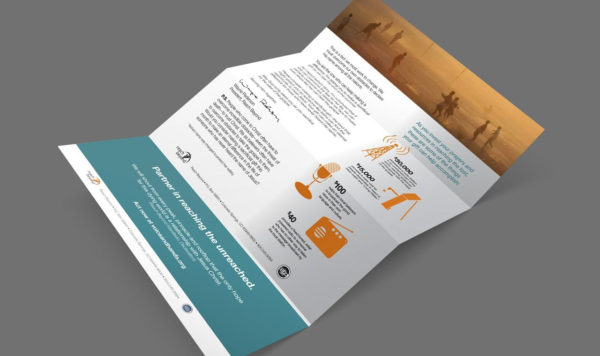When most organizations write an appeal letter, they believe that the letter needs to convince the donor to support the organization.
That approach results in appeals that don’t raise as much as they could.
There’s a simple shift in thinking that results in appeals, e-appeals and newsletters that raise more money…
The Big Shift
The “shift” is this: moving from “trying to get the reader to support our organization” to “trying to get the reader to do one powerful thing for one beneficiary.”
That’s the Big Shift.
And when you write a letter that asks your reader to do one powerful thing for one beneficiary, you end up with a letter that raises more money.
It raises more money for a host of reasons, but here’s the main one: you’ve asked your donor to do something easier. And when you ask your donors to do something easier (as opposed to something harder) you get more gifts.
Because asking a donor to support your organization is a Big Ask. It means supporting your vision, your strategy, your cause, your accounting, your staffing structure, your… everything.
That’s a Big Ask because it asks your donor to do a lot. That’s fine when you’re talking to a Foundation, or submitting a long application for a grant.
But not when you’re doing direct response fundraising and you have your donor’s attention for a few seconds.
You want to make it easier for them to say “yes,” not harder. You need to make the shift.
To make this happen, customize the “one meaningful thing” for your organization. Maybe it’s moving a piece of legislation forward by one small step. Maybe it’s giving one person the tools they need to advocate for your cause. Maybe it’s making the experience of a cancer patient just a little bit easier.
You get the idea.
When you ask for something smaller, you’ll get more yesses. And you’ll get more second yesses and third yesses. Then you’ll raise more money.
What Happens Next
Here’s what happens when you internalize this shift…
Your appeal letters become easier to write. Because rather than trying to convince them to support your whole organization, you’re just trying to convince them to do one thing for one beneficiary.
And you raise more money. It’s a proven approach.
Pushback
As you make the Big Shift, you’ll notice something.
When you write appeals, you’ll find yourself (out of habit) inserting boilerplate copy about your organization – those phrases you’ve always used in the past.
And you immediately notice that those boilerplate phrases make your letter less interesting and less powerful.
You’ll start to see how the way you used to communicate was boring to everyone but insiders and core donors.
Additionally, when you circulate a draft of a letter that has made the shift, some well-meaning person will say “But we also have to mention our program that does X…” And someone else will say, “We need to add a couple paragraphs about how effective we are…”
And you will see how neither of those things make your letter more likely to convince a donor to do one meaningful thing for one beneficiary.
The Big Fear
The big fear that organizations tend to have around this approach is this: if I ask for something smaller, will my larger donors start giving smaller gifts?
In my experience (27 years and counting) this doesn’t happen. In fact, what’s more likely to happen is that you’ll start getting second gifts from your major donors – gifts that are in addition to what they normally give!
The Leap
The “big shift” is one of the shifts in thinking that helps organizations make “the leap” to the next level of fundraising success.
It helps them create fundraising that is attractive to more people than just insiders and core donors. It helps them create fundraising that acquires more new donors. It helps them grow.
The Big Shift at Year-End
If you want to make the Big Shift in your year-end letter, check out our new training.
It’s just $40 and when you’re done with the training, you’ll be done with your year-end letter.
It shows you exactly how to write a powerful letter – that asks your readers to do something easy instead of something hard – that will raise you more money at year-end this year.
The training is video-based and step-by-easy-step. One option has you finished with your letter in 30 minutes. The other option has you done with an even better letter in about 90 minutes.
The Time to Shift is Now
I hope you and your organization have made the Big Shift. I believe in the extraordinary generosity of donors – we’ve seen it this year more than ever. But I also believe this is going to be a competitive fundraising environment for at least the next several months.
Making it easier for your donors to say “yes” is a tool – a way of thinking – you should use to fund your mission. So make the “big shift” and start raising more money!










